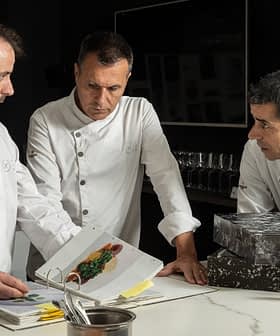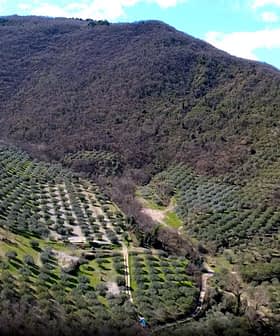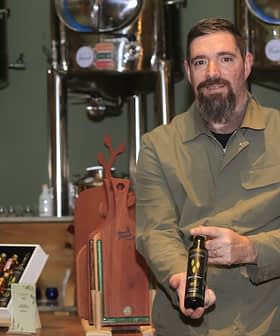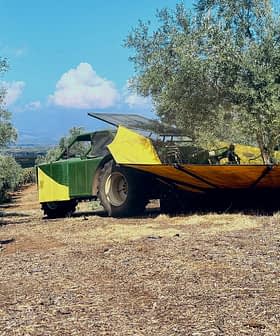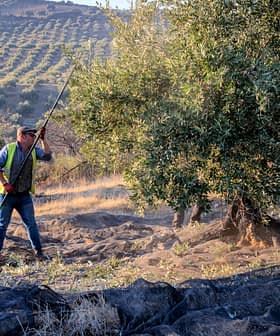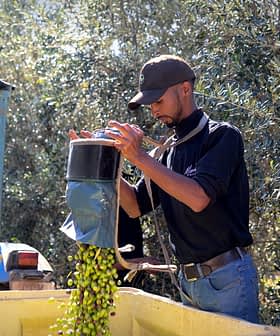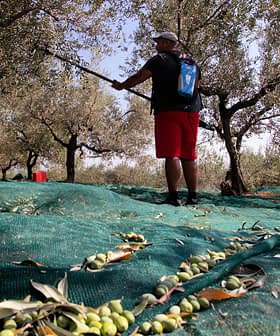Nearly One-third of World's Olive Oil Made from Picual
The Picual variety of olive oil accounted for 30 percent of global production over the past five years, making it the most produced variety, followed by the Arbequina variety at 10 percent. The statistics were published in the fifth edition of Juan Vilar’s and Jorge Enrique Pereira’s International Olive Growing: Worldwide Analysis and Summary, which also highlighted the environmental impact of olive oil production.
Nearly one-third of all the olive oil produced globally over the past half-decade has come from the Picual variety, according to statistics compiled and published by the industry analyst, Juan Vilar, and his consulting agency.
In total, 30 percent of olive oil produced in the past five years was made from Picual olives. In second place was another Spanish variety, Arbequina, from which 10 percent of the world’s olive oil has been produced over the same period.
The statistics were published in the fifth edition of Vilar’s and co-author Jorge Enrique Pereira’s International Olive Growing: Worldwide Anaylsis and Summary, which was published in November.
Along with analyzing which types of olives are being used in olive oils, the two authors also investigated how the olives are being harvested and pressed as well as their environmental impact.
The two found that 61 percent of olive oils are being produced from traditional groves, while 29 percent come from medium-density olive groves and 10 percent come from high-density groves.
Vilar and Enrique Pereira also estimate that each hectare of olive trees sequester about 2.6 tons of carbon, on average, each year (which means each acre sequesters about 0.95 tons of carbon each year).
“International olive growing sequesters 30 million tons of carbon dioxide, 10 percent of the total carbon dioxide that Spain generates per year,” the pair wrote in the manual.



